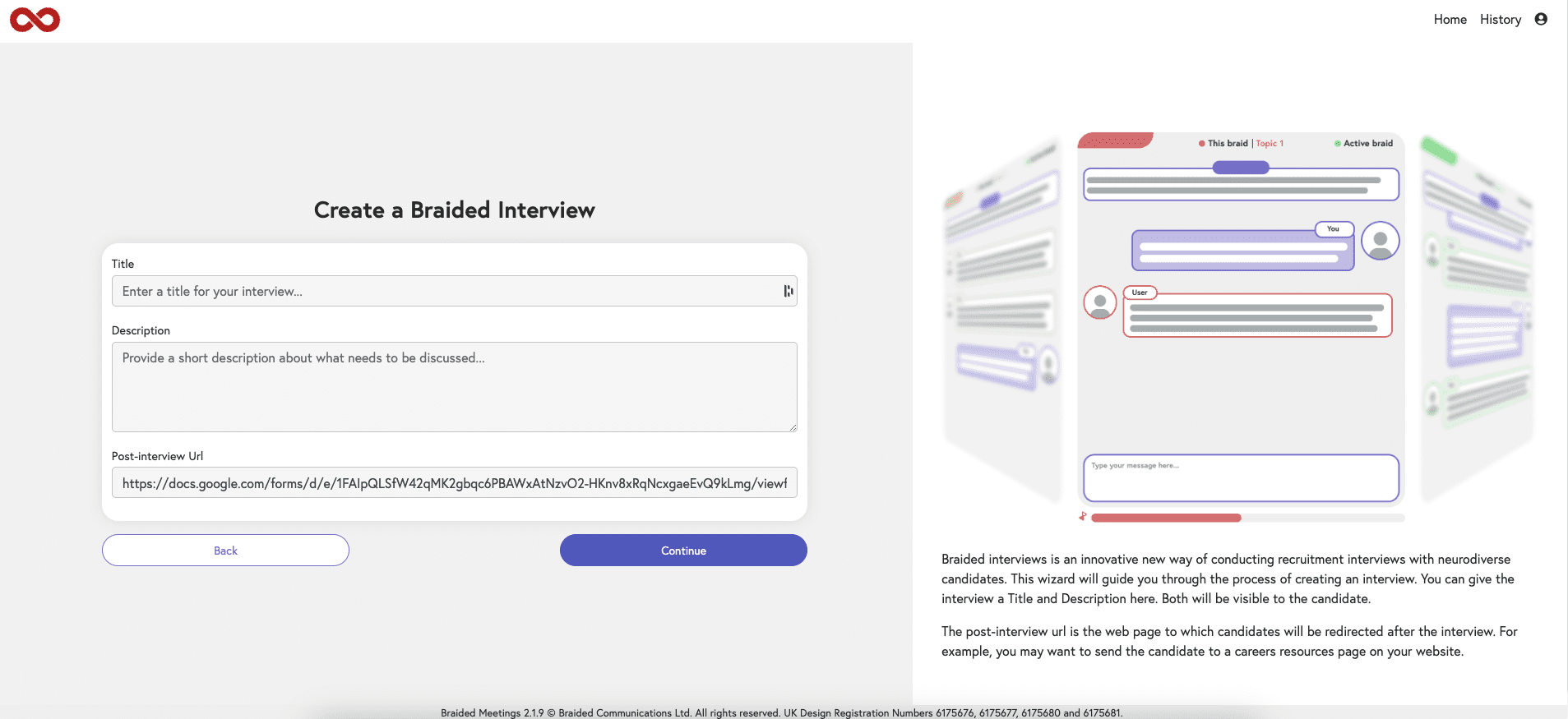
FAQs
Getting Started
How to set up your one-month free trial of Braided Interviews & Braided Meetings
- Visit the pricing page on our website at https://braided.space/pricing and click on “Get Started” under “Braided Essentials” There is no financial commitment or obligation, your first month is free and you do not need a credit card:

- Fill in your details, accept the privacy policy and terms and conditions, then click “Continue”. Please be patient after clicking “Continue”, the process will take a few seconds. You will then see the “Confirm Email address” screen, so go to your email:


- You will then receive this email with the subject “Email verification”. The email will come from [email protected] so please check your spam folder if you do not receive it within a few minutes. Please click on the link where indicated:

- Next you will then see this screen, again click where indicated

- Congratulations, your account has now been created.
You will now be taken to the final option, to select your licence. You are going to select a one-month free trial, so click where indicated:

- You will now be logged in to your Braided Meetings account and see the screen below. Your free trial will last for one month and you can hold Braided Meetings as often as you like with whomever you wish during your free trial. You can also conduct Braided Interviews too during your free month. Your meeting participants or interviewees do NOT need a Braided account, you can invite them as guests to a Braided Meeting or a Braided Interview. After your free trial you will have options to upgrade to a full account.
 If you need any help or support during your free trial please visit the resources section of our website, https://braided.space/resources, or email us at [email protected]. We will be in touch during your free trial to discuss your experience and how we can help you and your team on a longer-term basis.
If you need any help or support during your free trial please visit the resources section of our website, https://braided.space/resources, or email us at [email protected]. We will be in touch during your free trial to discuss your experience and how we can help you and your team on a longer-term basis.
Braided Meetings: Account and Meeting Questions
Q: What is the difference between a ‘host’ and a ‘participant’?
A: The host is the person who sets up the Braided Meeting. They must have a valid Braided Meetings account. The participants are all the other people who join a meeting at the host’s invitation. Participants do not need a Braided Meetings account, the host can invite anybody they wish.
Q: Who specifies the Braided Meeting configuration?
A: The host. Just like the organiser of a traditional meeting they set the start time, the end time and the invitees. They also set the number of Braids and the Braid titles or topics (effectively specifying the agenda). They also specify the number of times they want the carousel to rotate during the meeting. This is based on whether they want a discussion with a small number of in-depth contributions from each participant or to allow for a larger number of contributions with more frequent exchange of ideas amongst participants but with less detail in each message. In practice, as with most traditional meetings, the host will ask their participants views before finalising the meeting.
Q: How many people can I include in a Braided Meeting?
A: As many as you like, although based on user feedback it is best suited to meetings with ~ 8 or fewer participants and most Braided Meetings have between 2 and 6 participants. You do need to have at least as many Braids as participants, so sometimes for a large meeting the host will subdivide ‘chunky’ topics into two or more sub-topics to create additional Braids and so accommodate more participants.
Q: As host, do I need to be in all the meetings that I set up?
A: Yes. As host you will set up the meeting, invite your participants and, when they have all joined the lobby, you will start the meeting. Without you, the meeting cannot be started. If you have identified the need for a Braided Meeting at which you do not need to be personally present, then one of the other participants will need to be host for that meeting.
Q: How often can I use my Braided Meetings account?
A: As often as you like. With a Braided Meetings account you can have as many Braided Meetings as you wish, as often as you like and you can invite anybody to any of those meetings. The only restriction is that you cannot create two Braided Meetings that overlap in time.
Braided Meetings: Accessibility Questions
Q: One of my team is dyslexic - will they be able to use Braided Meetings?
A: Almost certainly yes, and they are quite likely to find it a really effective tool. But of course you should ask them (and maybe show them one of the videos of a meeting in action) before expecting them to attend a meeting. We have proactively sought feedback from dyslexic users and the feedback has generally been very positive. Comments have covered three themes: (i) in a traditional meeting dyslexic participants are expected to contribute verbally and also to keep their own notes for actions etc, it is that multi-modal working which causes some of the biggest challenges. In a Braided Meeting that does not happen. (ii) although Braided is a written format the amount of written content is generally relatively small and the Braid titles keep the discussion on topic all of which helps make the process accessible for dyslexics (iii) as a web app Braided works with most of the accessibility tools that help make life easier for dyslexics such as speech to text input technology and spelling and grammar checkers.
Q: Does Braided Meetings work with accessibility tools?
A: Yes. Braided Meetings is a web based application and so is compatible with most web based accessibility tools such as spelling and grammar checkers and speech to text input technology.
Q: Does Braided Meetings work with real time language translation tools?
A: Yes: As with accessibility tools Braided, as a web based application is compatible with most real time translation tools so each participant can read and write in their preferred language. If this is a tool that you use in your Braided Meetings please do let us know – as part of our future roadmap we plan to integrate one or more translation tools in order to make the process smoother for our customers. It would be great to know how you currently use those tools and what features would be most useful to you.
Braided Meetings: Other
Q: You say Braided Meetings are more efficient than traditional meetings. How?
A: There are three key factors:
(i) A Braided Meeting is a very efficient use of time
In a Braided Meeting all participants are contributing continuously so it is a very efficient use of time. In a half hour traditional meeting with 4 participants you get half an hour of output as only one person is contributing at any given time. With the same 4 people in a Braided Meeting you get TWO HOURS of output as everybody contributes for the whole time.
(ii) You get inputs from everybody
In most meetings a small number of participants dominate the discussion so only their views and ideas are included in the output. The other participants almost certainly have great suggestions, but they never get the chance to share them and nobody else gets the chance to agree or build upon those ideas. But in a Braided Meeting everybody gets the same opportunity to contribute, so all the good ideas emerge.
(iii) A little planning goes a long way.
Perhaps the most surprising factor here is planning. We all know that thinking ahead and planning every meeting is important. What’s the agenda? Who should I invite? Do all those people really need to be in the meeting? But in many cases this planning is not done. “Let’s have a chat” is fine for a chat, but doesn’t work well for a meeting. Braided Meetings do require a little planning. You need to think about the Braid or topic titles, you need to think about who starts on which Braid. And you need to think about who you really need in the meeting. In this way Braiding ‘nudges’ you to adopt effective meeting planning.
Q: What are the main use cases for Braided Meetings?
A: Common use cases to date have included; Project Meetings, Team Meetings, Post Sprint Retrospective Meetings and Design Thinking. We has also seen a great variety of other use cases, for example seeking more detailed feedback following a staff survey and getting input to develop values and vision. If you have a novel example please share it with us.
Q: I have signed up for a free trial, what happens at the end of my free month?
A: Hopefully you will have been able to hold some Braided Meetings during the month, found it valuable and want to continue to use Braiding to create effective, inclusive meetings. All you need to do is to log into Braided, click the upgrade option and pay for an account using your credit or debit card. You can do this at any time, you don’t need to wait until the end of your free month, you will only be charged once your free month has expired.
If you choose not to upgrade then you don’t need to do anything. Your account will be locked at the end of the month and you will no longer be able to log in. If you want to save any of your meeting content please make sure you download a copy before the end of your free month as after that you will no longer be able to access unless you pay to upgrade.
If you chose not to upgrade we will keep your account locked for 3 years and at any time during those 3 years you can upgrade and reactivate your account. After 3 years we will irretrievably delete your data, including any meeting content.
Braided Interviews: FAQs for candidates
Braided Interviews: FAQs for Interviewers
Q: I don’t have the “set up a Braided Interview” option in my lobby?
A: Braided Interviews are only available to customers with a Braided Interviews licence. This can be added on to your existing Braided Meetings license for a fee. Please contact us directly, or your internal Braided administrator if you have one, and we can enable that for you
Q: Does Braided Interviews support panel interviews?
A: No, because Briaded Interviews has been designed to enable neuroinclusive recruitment interviews. Neuroinclusive individuals often find attending regular meetings highly stressful and attending a recruitment interview even more so, even a one to one interview. A panel interview would not be a possibility in person for such candidates and therefore we have designed Braided Interviews for one to one interviews only.
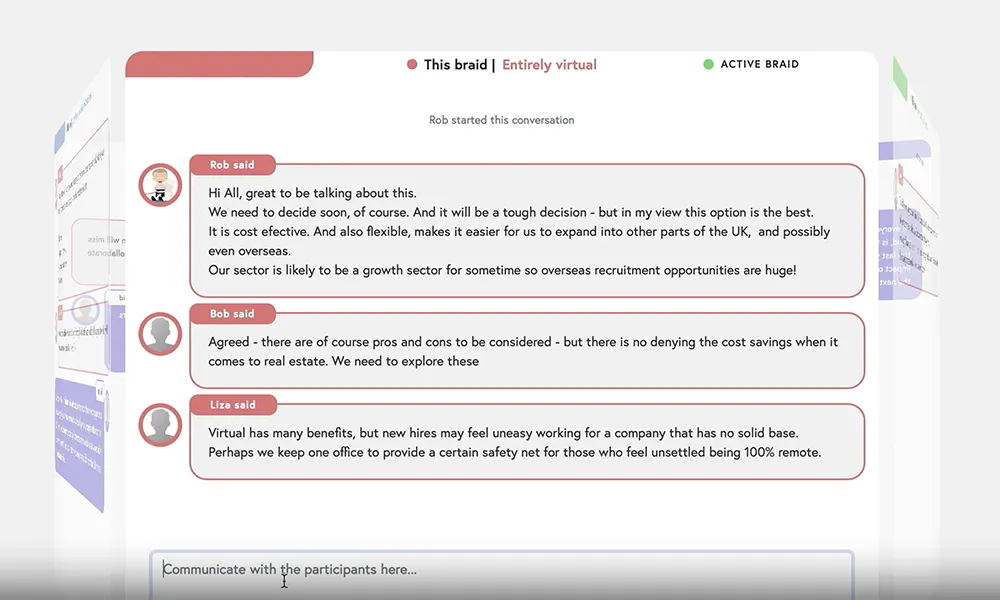
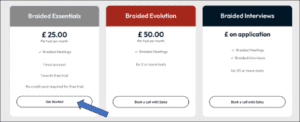
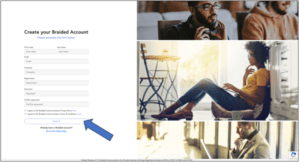

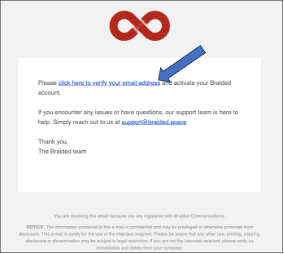
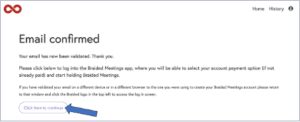
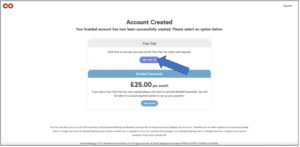
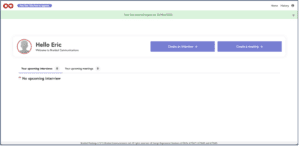 If you need any help or support during your free trial please visit the resources section of our website,
If you need any help or support during your free trial please visit the resources section of our website, 
